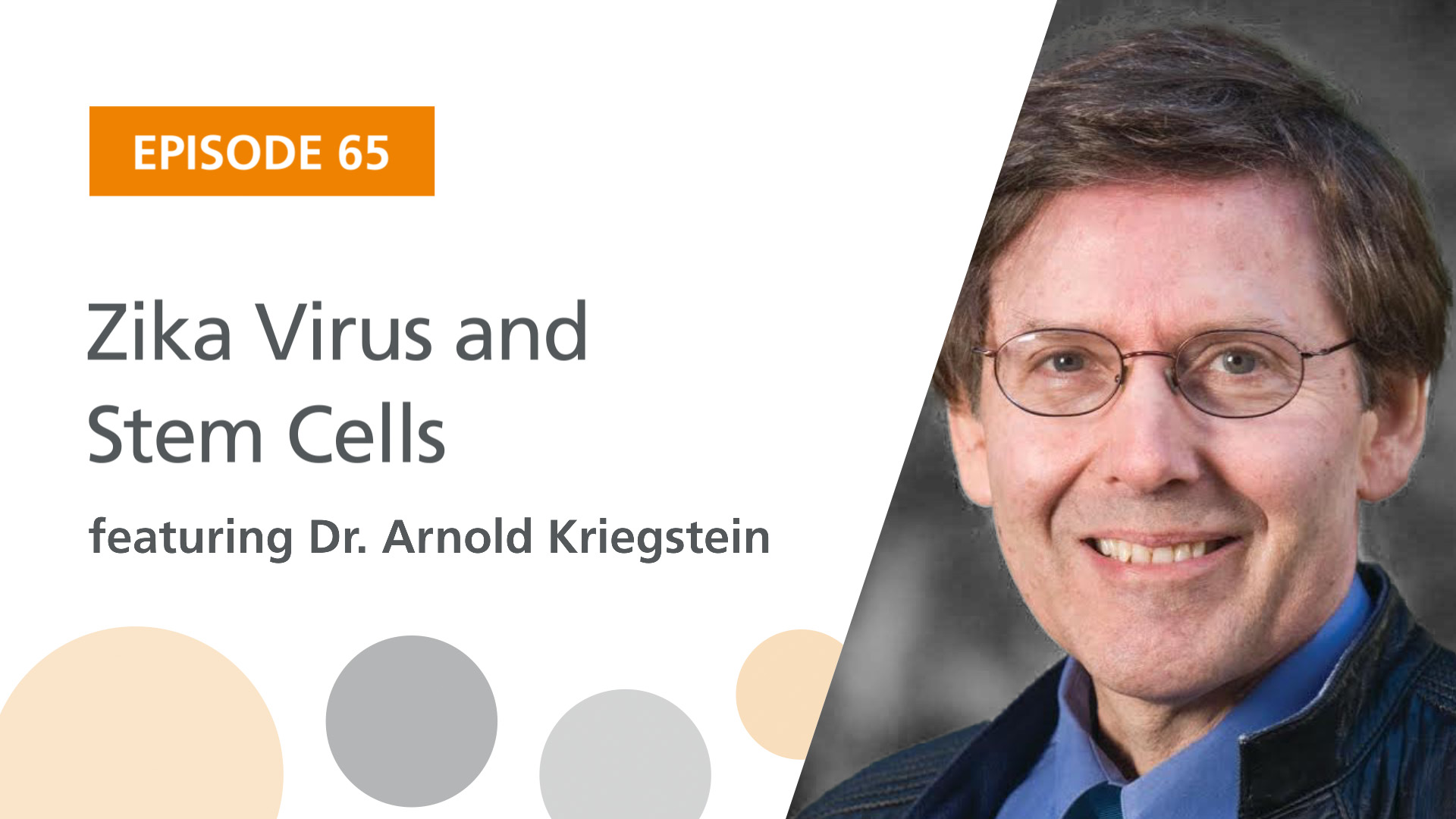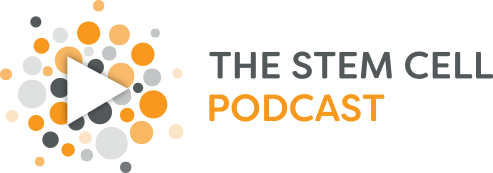
Podcast: Play in new window
Guest:
Stem cell researcher Dr. Arnold Kriegstein from the University of California, San Francisco to discusses his work and latest paper in Cell Stem Cell on how the Zika virus affects neural stem cells.
Resources and Links
Zika Is More Dangerous than We Thought – This article describes the danger of Zika virus like microcephaly in children born from women who have had Zika during pregnancy and Guillain-Barre syndrome – a nerve disorder that causes temporary muscle paralysis.
Plants Use Prions to Remember – This article reveals that prions, proteins that change shape and shift tasks, may occur in plants as a form of memory.
Uncertainty Is Stressful, but that Stress May Not Always Be Bad – This article demonstrates that subjective estimates of uncertainty predict the dynamics of subjective and physiological stress responses.
Dragons Sleep Like Us – Sleeping lizards appear to share distinctive brain activity patterns with sleeping birds and mammals.
EPA Boosts Estimate of U.S. Methane Emissions – This article reports that US. Environmental Protection Agency (EPA) has boosted its estimate of total U.S. methane emissions by 13 percent, which is an increase of more than 3.4 million metric tons of the greenhouse gas and has the same long-term global warming impact as a year’s worth of emissions from about 20 million cars.
Risky Skull Surgery Done for Ritual Reasons 6,000 Years Ago – This article reveals that between 6,000 and 4,000 years ago, skilled surgeons in southwestern Russia cut holes the size of silver dollars or larger out of the backs of people’s skills for ritual reasons.
Miniature, Beating Hearts Grown Using Stem Cells – Researchers describe an approach that combines features of engineered heart muscle and cardiospheres: micro-heart muscle arrays, in which elongated muscle fibers are formed in an easily fabricated template, with as few as 2,000 iPS-cardiomyocytes per individual tissue.
Genome Editing of Lineage Determinants in Human Pluripotent Stem Cells Reveals Mechanisms of Pancreatic Development and Diabetes – Researchers not only verified conserved gene requirements between mice and humans but also revealed a number of previously unsuspected developmental mechanisms with implications for type 2 diabetes.
Chemical Control of Grafted Human PSC-Derived Neurons in a Mouse Model of Parkinson’s Disease – This article shows tunable rescue of motor function in a mouse model of Parkinson’s disease, following transplantation of human midbrain dopaminergic neurons differentiated from human pluripotent stem cells (hPSCs) engineered to express DREADDs (designer receptors exclusively activated by designer drug).
Combined Inhibition of DNMT and HDAC Blocks the Tumorigenicity of Cancer Stem-Like Cells and Attenuates Mammary Tumor Growth – A combination of the DNMT inhibitor 5-azacytidine and the HDAC inhibitor butyrate markedly reduced cancer stem cell abundance and increased the overall survival in this mouse model.
Scientists Uncover New Way to Grow Rare Life-Saving Blood Stem Cells – This article shows that overexpression of the RNA-binding protein Musashi-2 (MSI2) induces multiple pro-self-renewal phenotypes, including a 17-fold increase in short-term repopulating cells and a net 23-fold ex vivo expansion of long-term repopulating hematopoietic stem cells.
Photo Reference: Courtesy of Dr. Arnold Kriegstein

